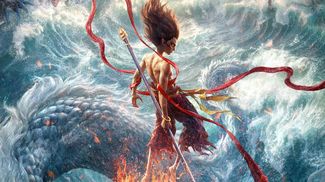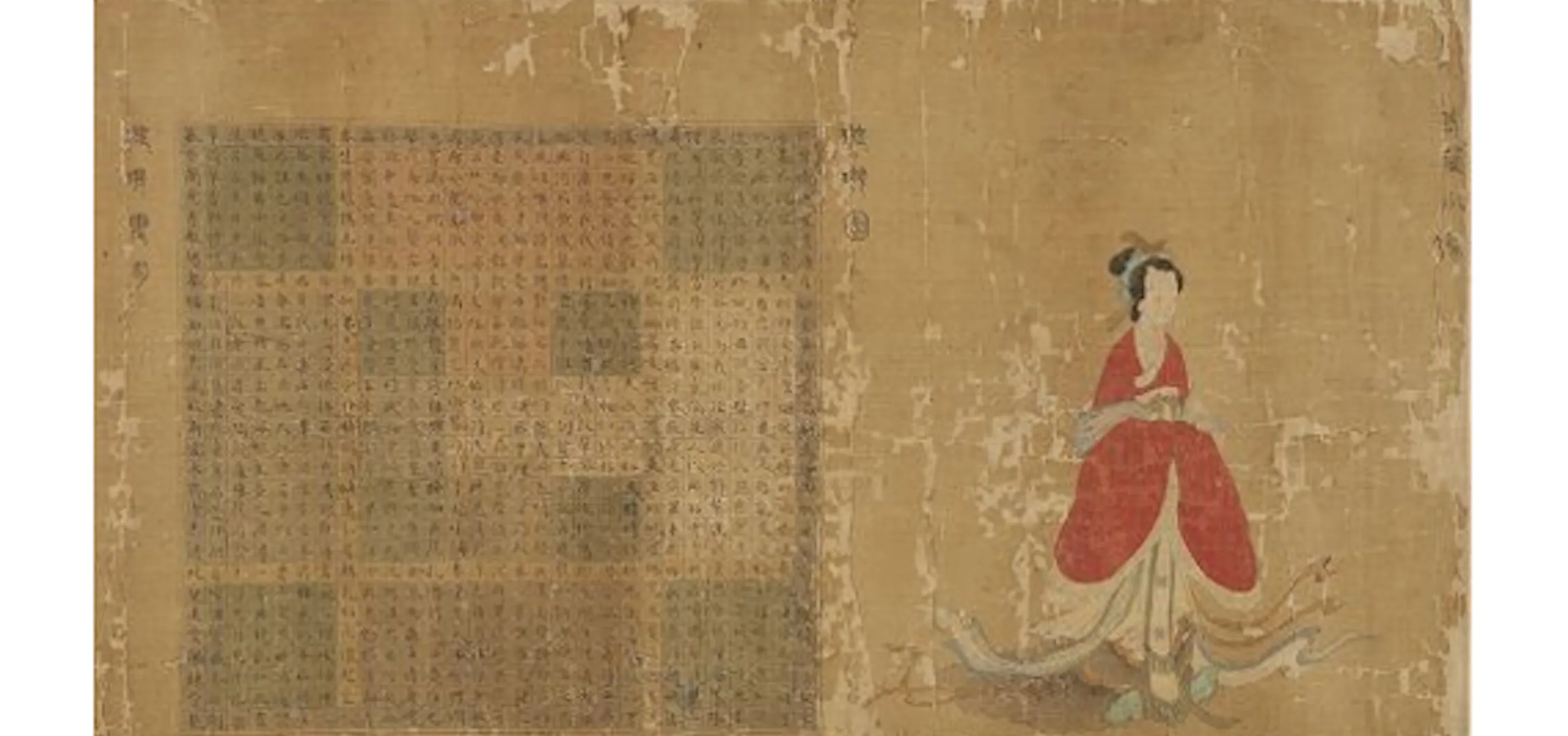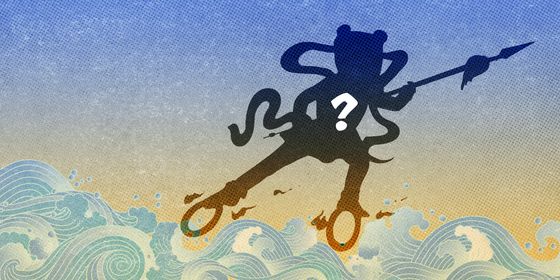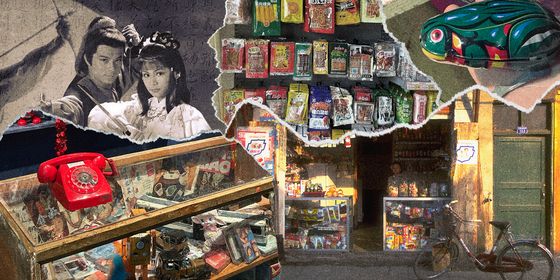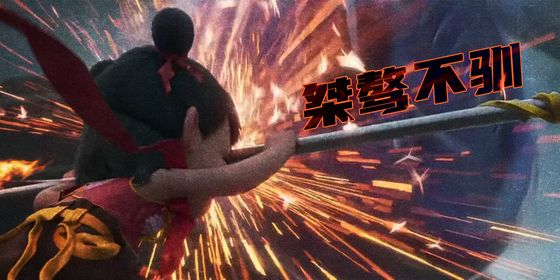Su Hui wrote unmatched poetry that can be read any way the reader desires
Writing a poem can be hard, but imagine writing a poem that is a palindrome; even more difficult is to write one that is 29×29 Chinese characters. That is exactly what poet Su Hui did while she was alive from 365-427 C.E. Her palindrome poems could be read forward, backward, horizontally, vertically, and diagonally; the 841 characters could be read to total of 2,848 different ways.
Su Hui lived primarily during the Jin Dynasty and is the earliest major female figure that survives in the written tradition, even though a great deal of her work is lost forever. Though Su Hui is said to have created thousands of literary compositions, a common feat for female poets of ancient China, sadly most all of her works are lost. Only her Star Gauge survived. Star Gauge was never included in the canon of great Chinese poetry, likely because its creator and its concerns were female, and its form so unique.(poetrychina.net)
While most of Su Hui’s poems were lost, and the surviving ones reemerged only relatively recently,but the form of her composition is a thing of legend. She was wed to a man who was Governor in Gansu Province. As a man of such esteem it was common to have a concubine, which he did. This enraged Su Hui so much so that when he was located further away she refused to join him, but his concubine was happy to oblige. Su Hui was completely cut off from communications with her husband and in her sorrow she composed her palindrome poem Star Gauge and upon reading it, her husband left his concubine and returned to Su Hu. Their love is said to have been stronger than ever upon his return.
If Su Hui were a man she very well may have been regarded as one of the greatest ancient Chinese poets, but due to the sexism of ancient Chinese culture, specifically in intellectual arenas, this was a reflection of women’s placement in society. However, if she were a man she would have never experienced the life she led and may never have created the great works that she did.
Her work is unique to anywhere else in the world as Chinese characters can be read in any direction, and they can hold different meanings depending on the location of the character within the text. This has created a whole new genre in Chinese poetry of reversible poems (可逆的诗, Kěnì de shī) poems that can be read in any direction. Su Hui’s text is the greatest example of this genre. It is a grid of 29 characters by 29 characters, a feat far greater than just a poem that can be read in two directions. (poetrychina.net)
Su Hui was proud of the profound complexity and difficulty of her works. It was a way of asserting her power and value as a poet in such a male dominated society. Her grandest texts would not reappear for 500 years and is still awe inspiring. Tragically the original is forever lost.
The beauty of this complex work of art, is that it is specif to each reader. Ever read can be a new way until about the 2,848th time. This collogue of poems has a limitless value to all those who can read it. It is an eternal representation of originality, love, sorrow, and the verstile creativity of the Chinese language.


